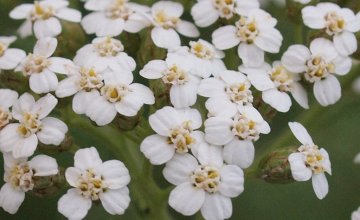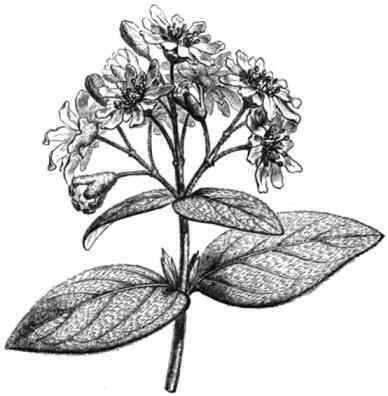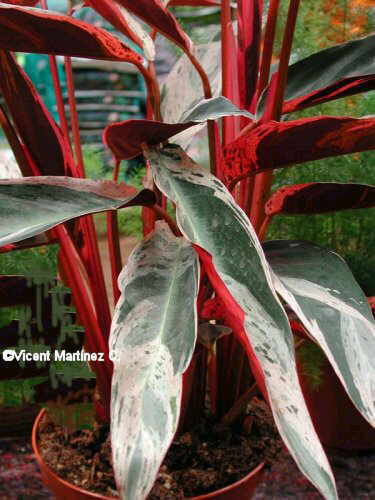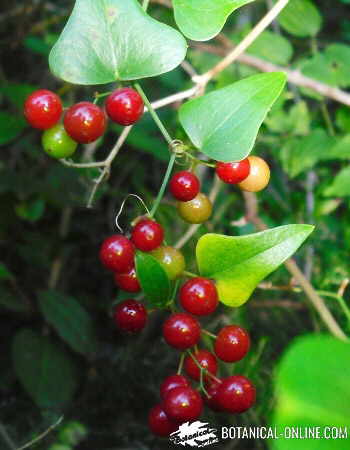Different types or classes of succulent plants
There are a huge number of succulent plants worldwide. Among the main families that compose them, we have the following:
- Cactaceae: All the plants of this family are succulent, such as the prickly pear (Opuntia ficus-indica), the pitahaya (Hylocereus and Selenicereus spp.), Etc.
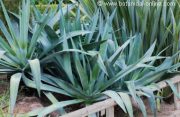
- Asparagaceae: Among this the subfamilies:
- Agavoideae (Previously known as Agavaceae): They inhabit the dry and semi-dry places of America, especially in Mexico, where they are very important from an ecological and economic point of view. Drinks such as mead, pulque or mezcal are extracted from some; others are used for the extraction of fibers, mainly inulin. Many are used to form fences to enclose livestock, etc. There are approximately 300 species in this family that have succulence. Among all of them, the genera Agave, Yucca, Furcraea, , etc. stand out.
- Nolinoideae: Dracaena (Previously named as Sansevieria)
- Scilloideae (sometimes named as Hyacinthaceae): They were also included within the lily family. Although they live in temperate or tropical climates in Europe, Asia and Africa, preferring the Mediterranean climate. Most of them have fleshy leaves, but the most succulent genera are: Scilla, Ledebouria, Muscari, Leopoldia…etc
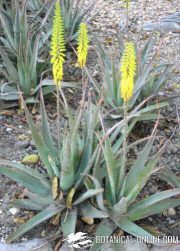
- Asphodelaceae : It is one of the families that was formerly included within the Liliaceae, but that many taxonomists prefer to consider them as a family in themselves. They live in temperate and tropical regions of Europe, Africa and Asia, although the largest number of species is found in South Africa. Most of them have succulent leaves. It comprises the following subfamilies:
- Asphodeloideae: Aloe, Kniphofia, Haworthia, Gasteria, Astroloba, Bulbinella, Trachyandra, Eremurus, Bulbine, Asphodelus.
- Agavoideae: Paradisea.
- Hemerocallidoideae: Simethis.
- Aizoaceae: Most of these plants live in the desert and sandy lands of Australia and South Africa, so they are very adapted to resist drought. Many of them are leafless and have succulent stems. Among all of them, we highlight the genera: Lithops, Carpobrotus, Aptenia, Conophytum, , Faucaria, Glottiphyllum, Conicosia, Pleiospilos, etc.
- Crassulaceae: Most of the 1,400 plants of this family are succulent, and are usually always found in houses, mainly as ornamental. They can be found in all parts of the world, but especially in the dry spaces of the northern hemisphere and in southern Africa. Among the most important genera we have Aeonium, Crassula, , Kalanchoe, Monanthes, Sedum, Sempervivum, Pachyphytum and Umbilicus.
- Euphorbiaceae: Euphorbia is a very diverse genre of plants that can be found, trees, shrubs or herbs. All of them are distinguished by flowers in ciato and the presence of latex in their tissues. Some who live on very dry land have developed succulent organs to store water. Among the species with succulence of the genus Euphorbia we would have, for example: Euphorbia canariensis, E. grandicornis, E. aphylla, E. obesa, E. Tirucalli, E. Resinifera, E. turbiniformis, E. bupleurifolia, E. atropurpurea, E. balsamífera, E Canariensis, E. ambrosae, E. regis jubae, etc.

- Apocynaceae: There are about 1,500 species of Apocynaceae. Most of them come from the tropical or subtropical areas of America, Asia and Oceania. All of them are characterized by having latex that is usually toxic. Some are well known for their uses in gardening, such as oleander, vinca or allamanda. Others because as interesting products as quinine (Rauvolfia cafra) or strong alkaloids are extracted from them, as in the genus Thevetia. Among the genera that show succulence we have Pachypodium, Adenium, Ceropegia, Duvalia, Cynanchum, Caralluma or Stapelia.
- Montiaceae (Previously included in Portulacaceae) : Cisanthe
- Talinaceae (Previously included in Portulacaceae): Talinum
- Portulacaceae: There are about 500 species of plants belonging to this family of herbs or shrubs. They can be found mainly in arid areas of Africa, South America and Australia. Among the succulent species we have the genera Portulaca (where purslane is found). Currently it seems that all have been reduced to the genus Portulaca.
- Didiereaceae (Previously included in Portucalaceae): This family contains about 11 species of succulent plants that constitute endemisms of Madagascar. Its aspect is very cactiform, presenting thorns, rounded stems and some deciduous leaves: Portulacaria
- Xeronemataceae: A family with only two species of genus Xeronema.
![]() More information on succulent plants
More information on succulent plants
This article was endorsed by Julián Masats - Technical agricultural engineer specialized in horticulture and gardening.


